It’s essential to know the amount of light your home has before choosing an indoor plant- do you have low light or bright light? Light is one of the main factors that determine the growth of any plants. Thus, you need to know the kind of plants that’ll suit your home’s light requirement.
Fortunately, this post will tell you all you should know about choosing the right indoor plants for your home.
What Are Low-Light Plants?
Low-light plants are plants that can grow in low-light conditions. That is, they don’t need a lot of sunlight to thrive.
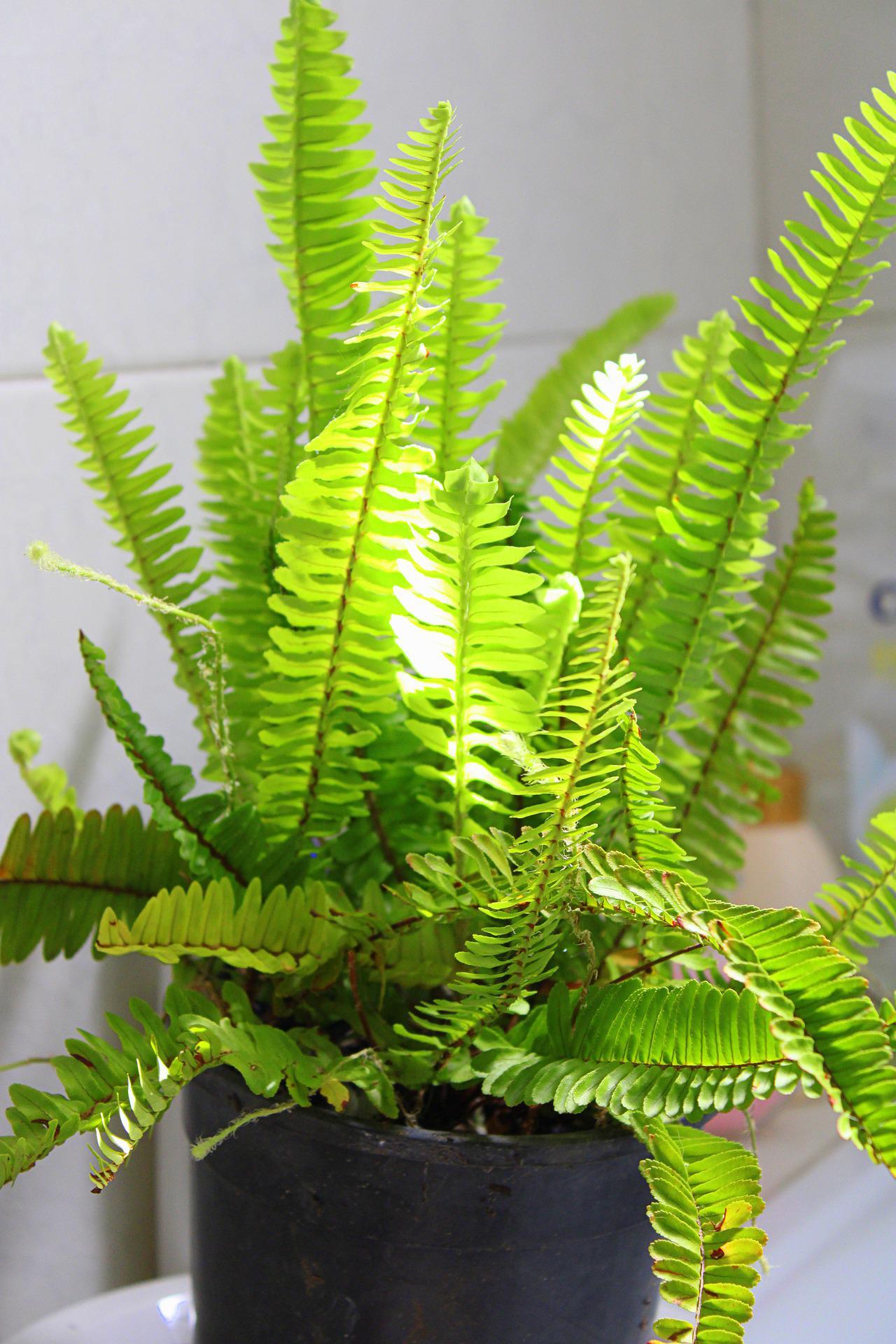
Credit; Pixabay
There are a variety of low-light plants that you can choose from, depending on your needs and preferences. Common low-light plants include ferns, spider plants, and peace lilies.
- Ferns are a great option if you’re looking for a plant that is both low-maintenance and stylish.
- Spider plants are perfect for those who want a plant that is easy to care for and that can tolerate a wide range of light conditions.
- Peace lilies are a good choice if you’re looking for a plant that can purify the air in your home.
When choosing a low-light plant, it’s important to consider your specific needs. Make sure to choose a plant that is suited to the light conditions in your home and that will fit into your lifestyle.
How To Choose The Right Plants For Your Home
1. Figure out how much light your home gets.
Once you know how much light your home gets, you can start looking at different plants. If your home gets a lot of light, you can choose plants that need more light. If your home doesn’t get a lot of light, you need to choose plants that don’t need as much light.
Some plants need more light than others. For example, succulents and cacti need a lot of light. If you have a home that doesn’t get a lot of light, you can’t put a succulent or cactus in your home.
Other plants that need a lot of light are Aloe Vera, Jade Plant, Snake Plant, and Ponytail Palm
On the other hand, if your home doesn’t get a lot of light, you can get plants like Ferns, Philodendrons, Pothos, and Dracaenas.

2. Start picking out plants for your home.
When you’re picking out plants, you also need to think about where you’re going to put the plant.Some plants need to be in direct sunlight, while others need to be in indirect sunlight.
3. Check whether the plant needs to be in a pot or on the ground.
Then make provisions based on your findings.
4. Choose the plants for your home.
Just remember to take your time and to do your research.
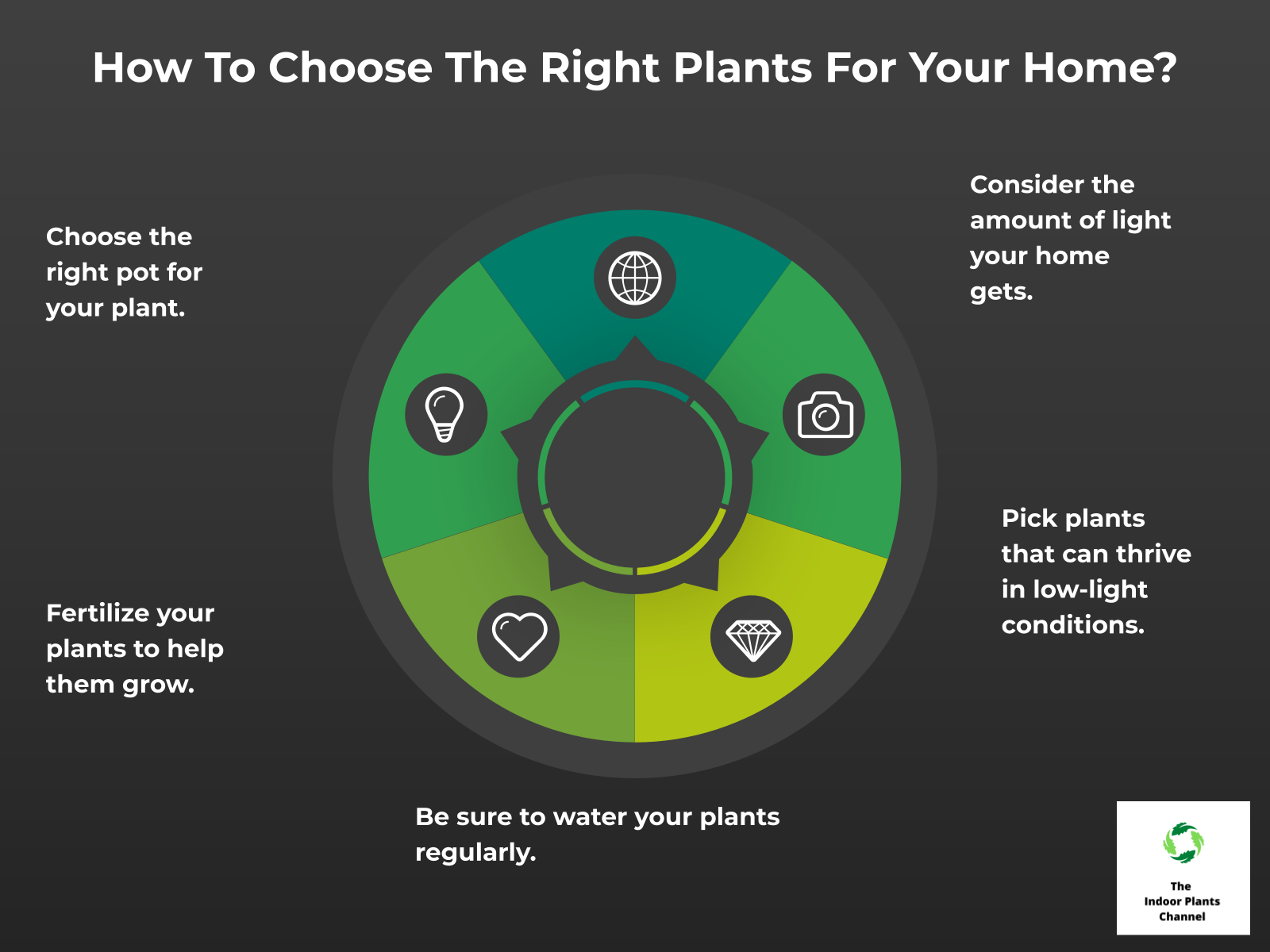
The Benefits Of Low-light Plants.
There are many benefits of low-light plants. They can help purify the air, increase humidity, and even help you sleep better at night.
- Air Purification
One of the benefits of low-light plants is that they can help purify the air. Plants act as natural filters, and they can help remove toxins and pollutants from the air. It’s especially beneficial if you live in an urban area where industrial gases have reduced the air quality.
- Humidity
Low-light plants can help increase humidity. It comes in handy during winter and the air is dryer. By increasing humidity, plants can help prevent dry skin, chapped lips, and static electricity.
- Better Sleep
One of the more surprising benefits of low-light plants is that they can help you sleep better at night. Plants can reduce stress and anxiety, and help you breathe better at night. Thus, leading to better night’s sleep.
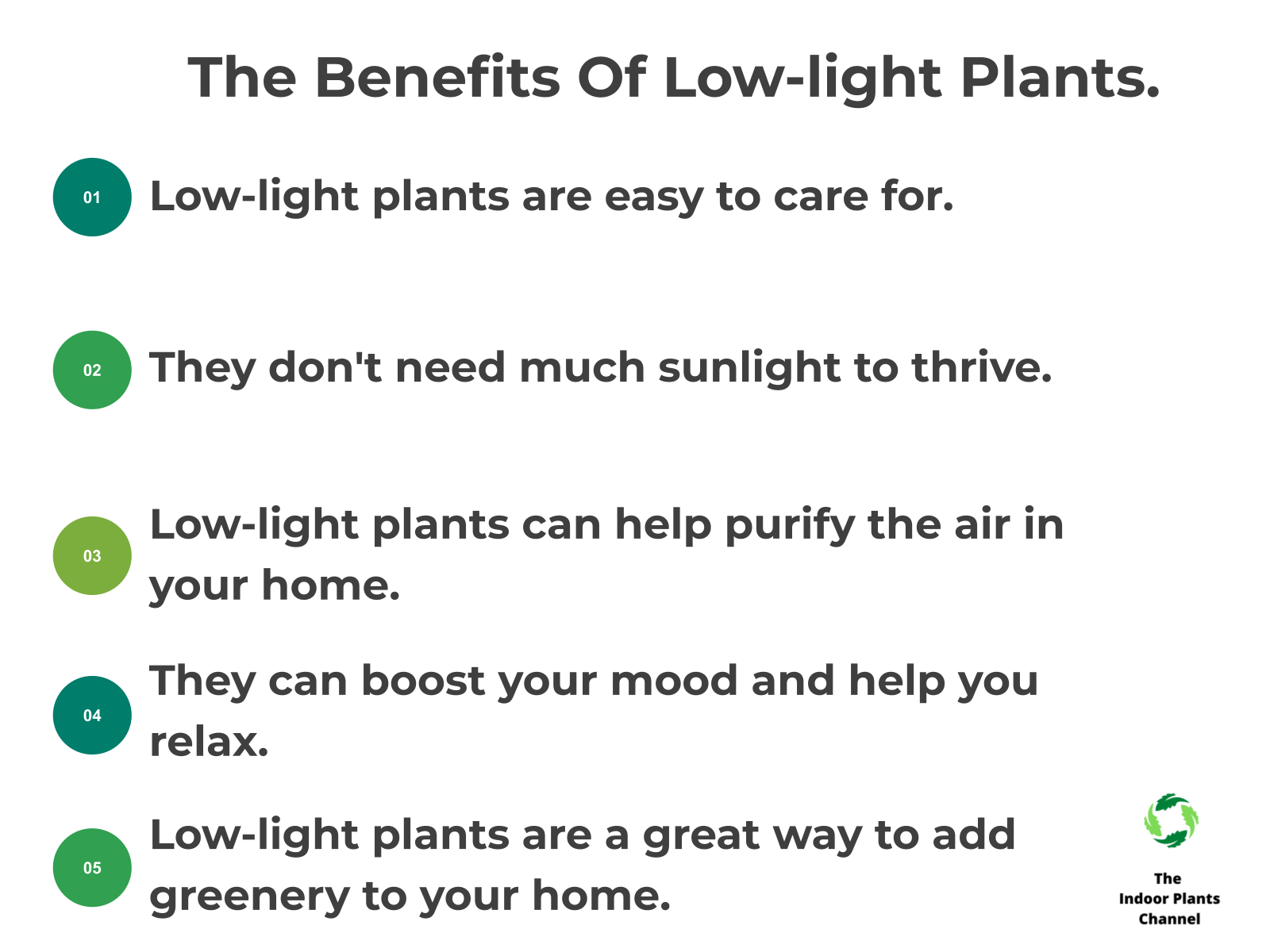
10 Best Low-light Plants For Your Home.
The best low-light plants for your home are plants that can tolerate low or indirect light. Some of them include:
1. Pothos
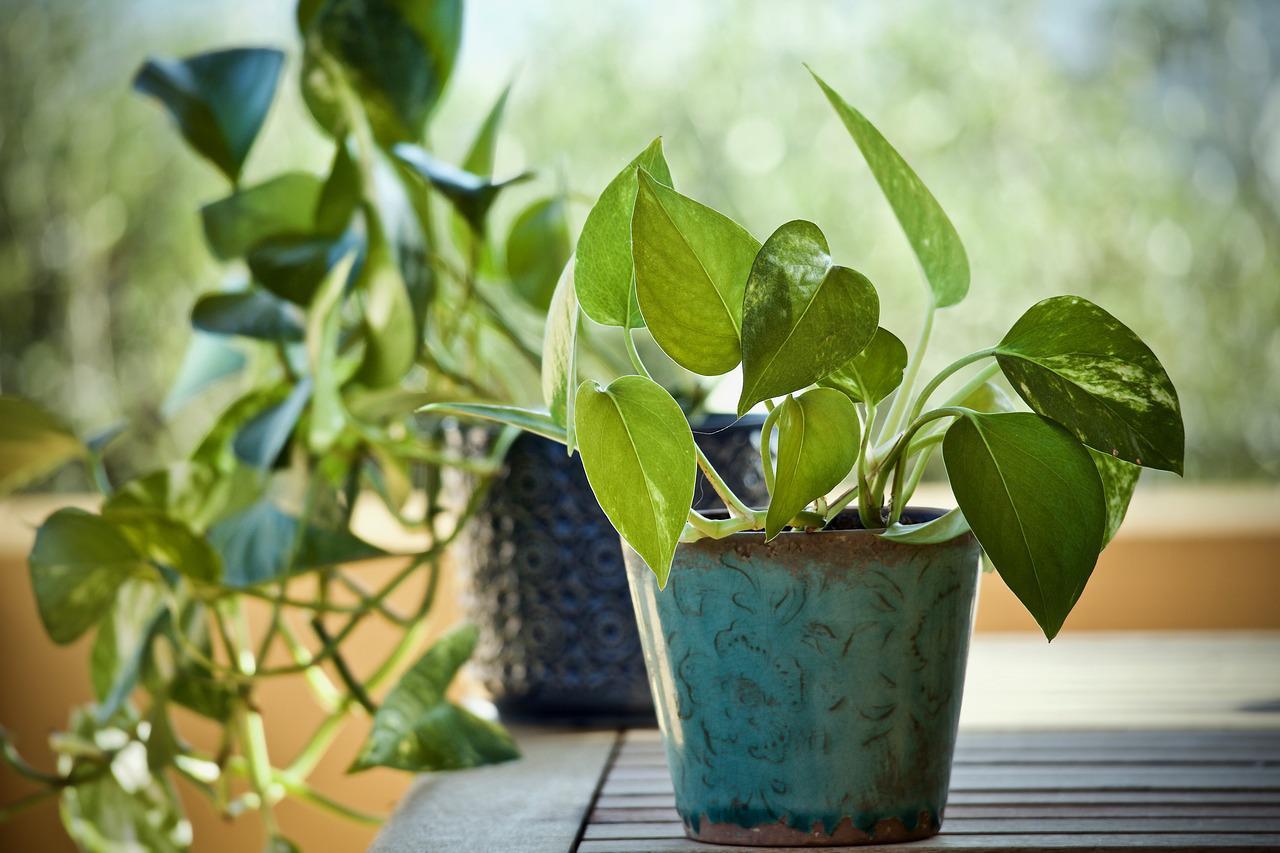
Credit: Pixabay
Pothos is a classic low-light plant. It requires low maintenance and can tolerate a wide range of light conditions- from low light to bright indirect light.
Pothos is a great choice if you’re looking for a plant that will add some color to your home. The leaves can be variegated with shades of green, yellow, and white.
2. Snake Plant
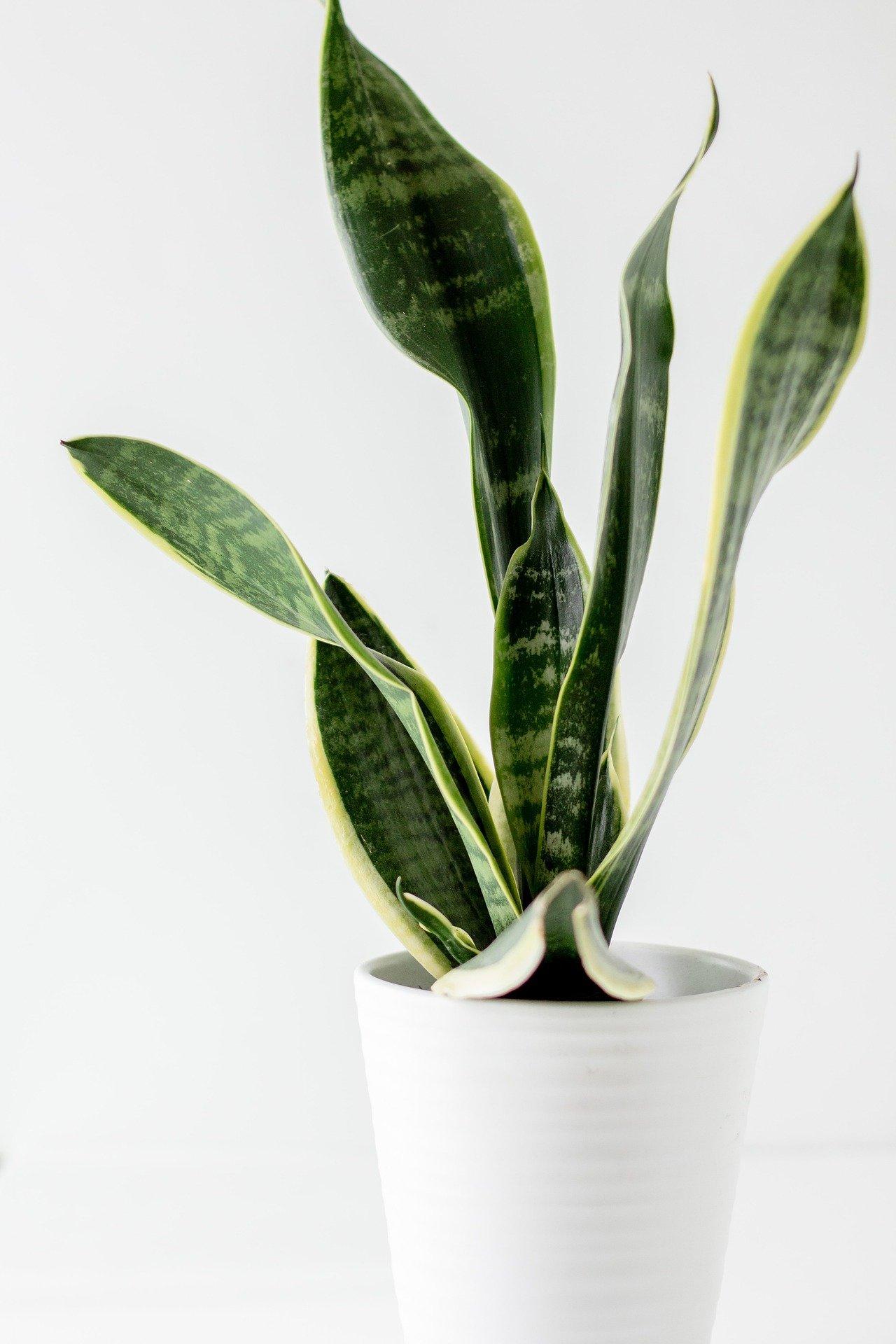
Credit: Pixabay
Snake plants are another great option for low-light conditions. They don’t need your full attention to thrive and can even survive in areas with no natural light at all.
Snake plants are a great choice if you’re looking for a plant that is both low-maintenance and stylish. The leaves are dark green and often variegated with yellow or white.
3. Philodendron
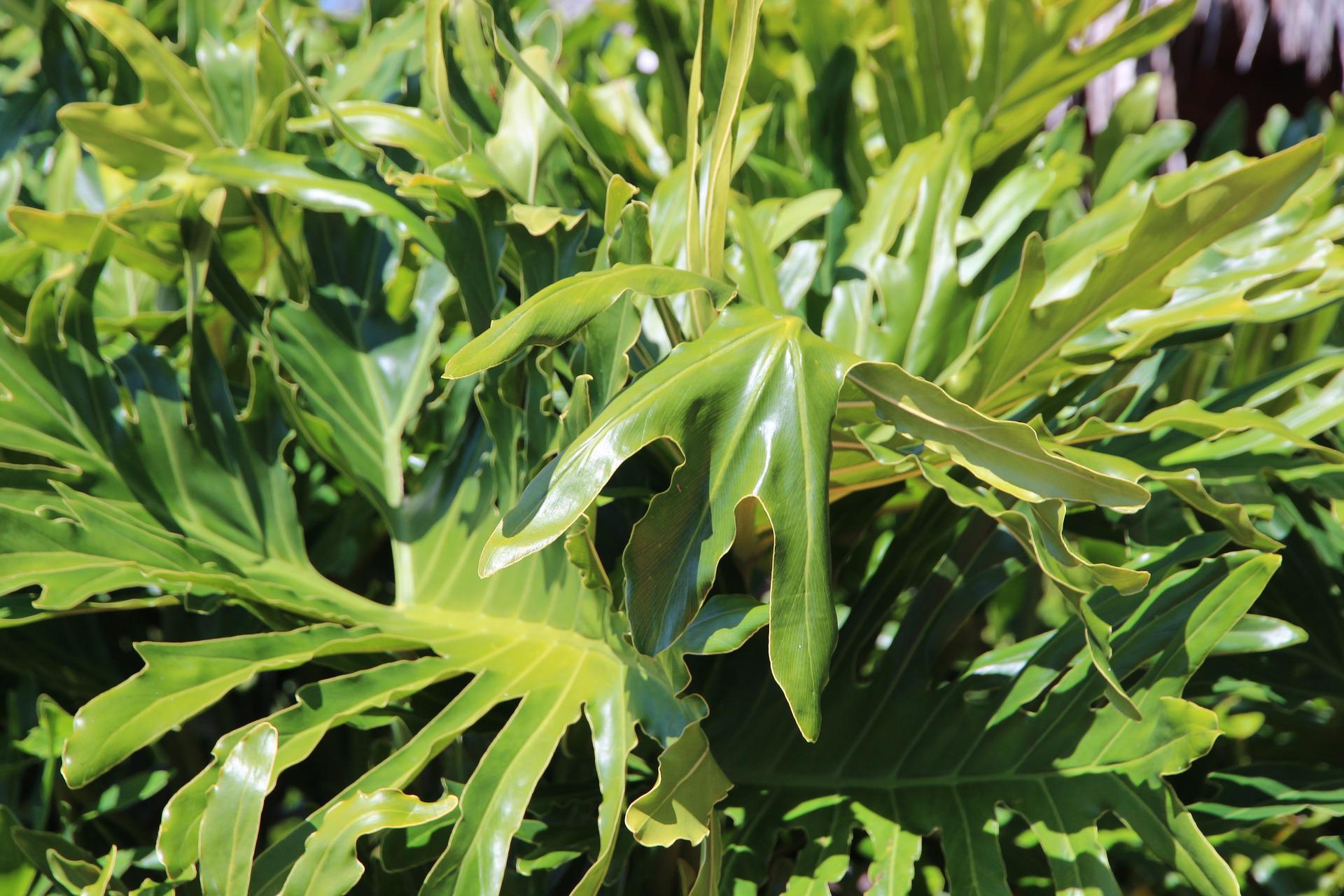
Credit: Pixabay
Philodendrons are a classic houseplant that does well in low light. They are very easy to care for and can tolerate a wide range of light conditions.
Philodendrons are a great choice if you’re looking for a plant that will add some color and interest to your home. The leaves are typically green, but some varieties have variegated leaves with shades of yellow, pink, or red.
4.Peace Lily
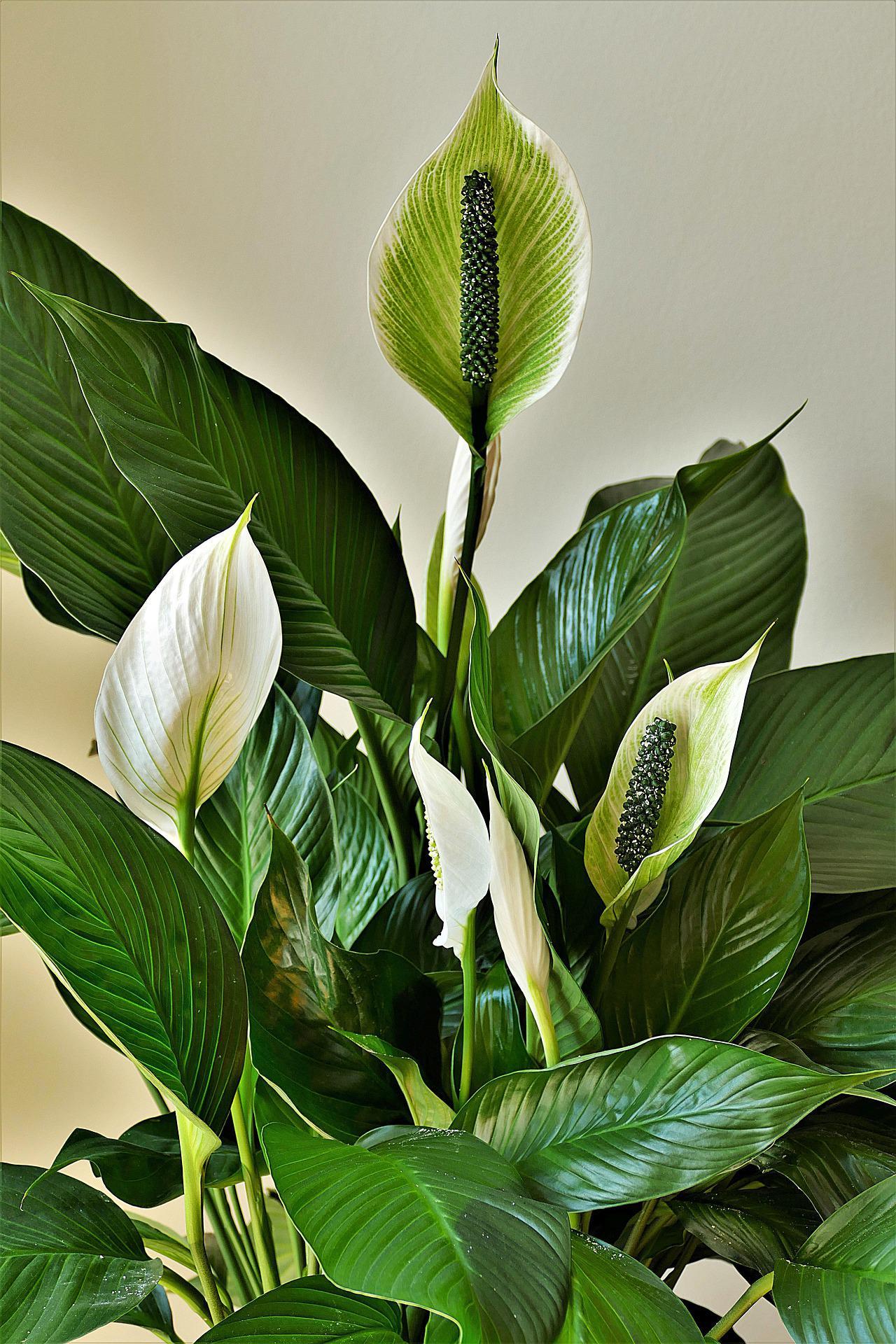
Credit: Pixabay
Peace lilies also thrive well in low-light conditions. They are very easy to care for and can tolerate a wide range of light conditions. Peace lilies are a great choice if you’re looking for a plant that will add some colors to your home.
The leaves are typically green, but some varieties have variegated leaves with shades of white or yellow. The flowers are white and delicate, and they often bloom in the spring and summer.
5. Dracena
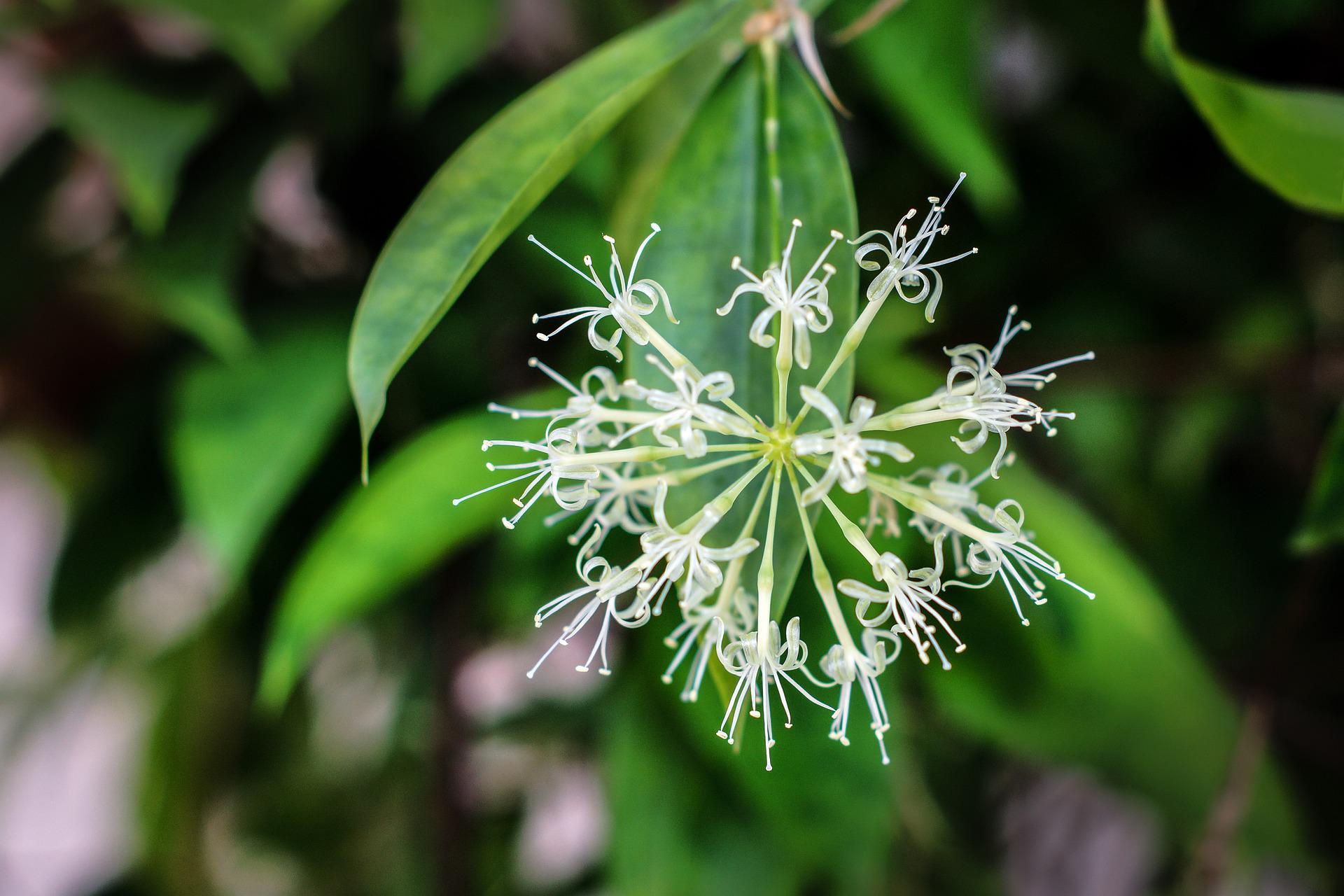
Credit: Pixabay
Dracenas are a great option for low-light conditions. They require low maintenance and can tolerate a wide range of light conditions. Dracenas are a great choice if you’re looking for a plant that will add some color and interest to your home.
The leaves are typically green, but some varieties have variegated leaves with shades of yellow, pink, or red. The flowers are small and white, and they often bloom in the spring and summer.
6. ZZ Plant

Photo by Pawel Czerwinski on Unsplash
ZZ plants are a great option for low-light conditions. They are also low-maintaining and can tolerate a wide range of light conditions. ZZ plants are a great choice if you’re looking for a plant that will add some color and interest to your home.
The leaves are typically green, but some varieties have variegated leaves with shades of yellow or white.
7. Chinese Evergreen
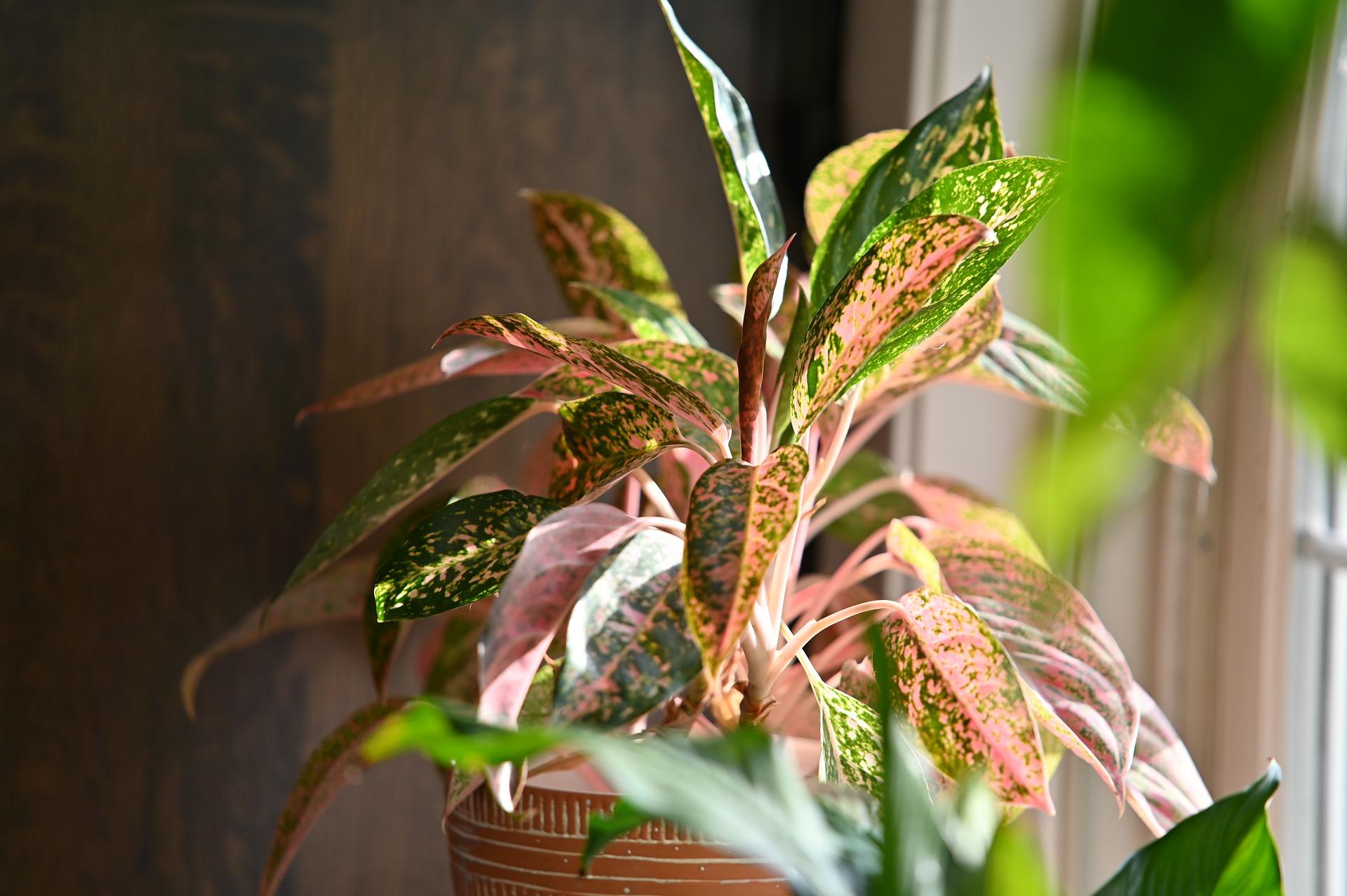
Credit: Pixabay
Chinese evergreens are very easy to care for and can tolerate a wide range of light conditions.
They are a great choice if you’re looking for a plant that will add some color and interest to your home. The leaves are typically green, but some varieties have variegated leaves with shades of yellow, pink, or red.
8. Spider Plant
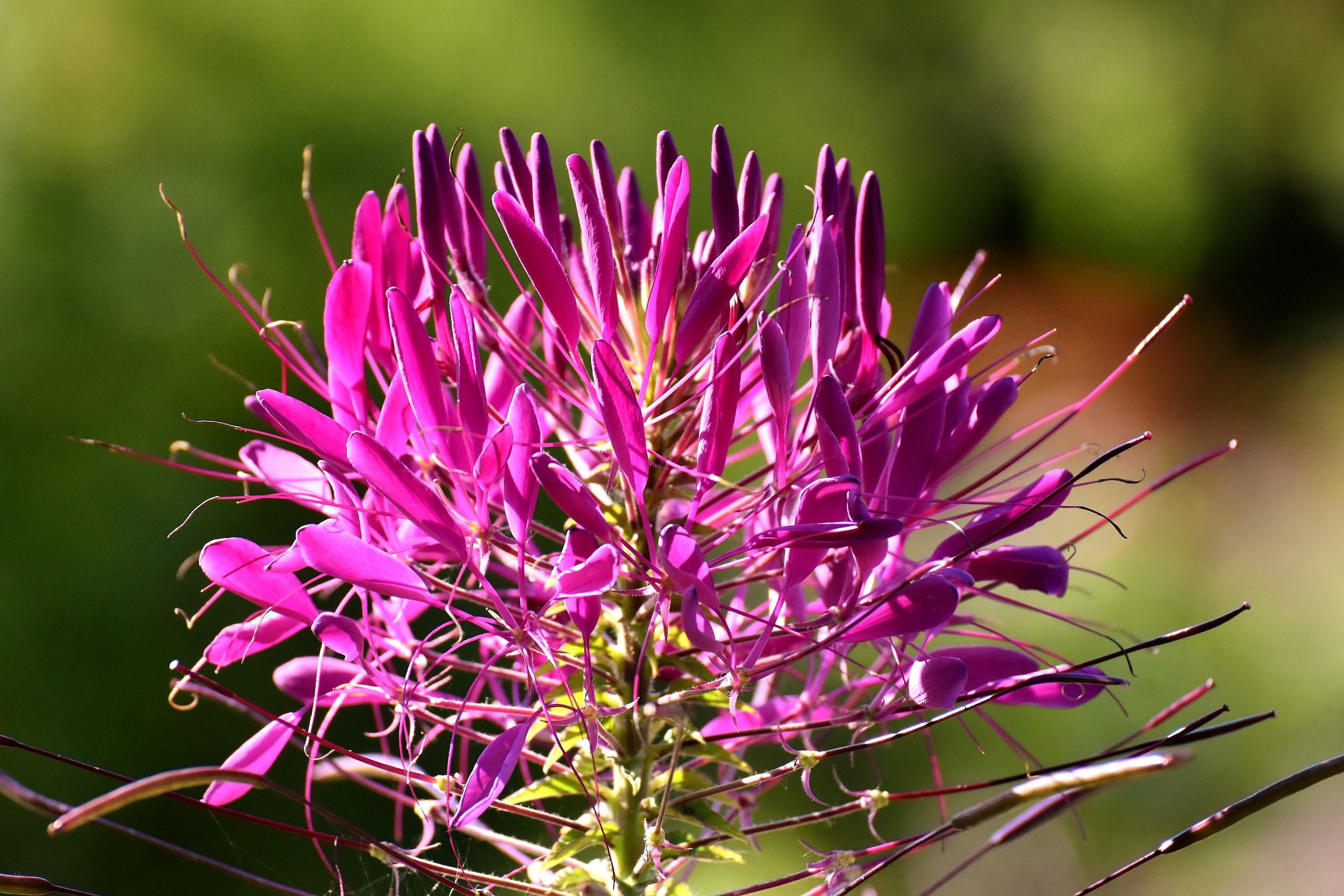
Credit; Pixabay
Spider plants are also a great option for low-light conditions. They are very easy to care for and can tolerate a wide range of light conditions.
Like Chinese evergreens, Spider plants are a great choice if you’re looking for a plant that will add some color and interest to your home.
The leaves are typically green, but some varieties have variegated leaves with shades of yellow or white. The flowers are small and white, and they often bloom in the spring and summer.
9. Maidenhair Fern
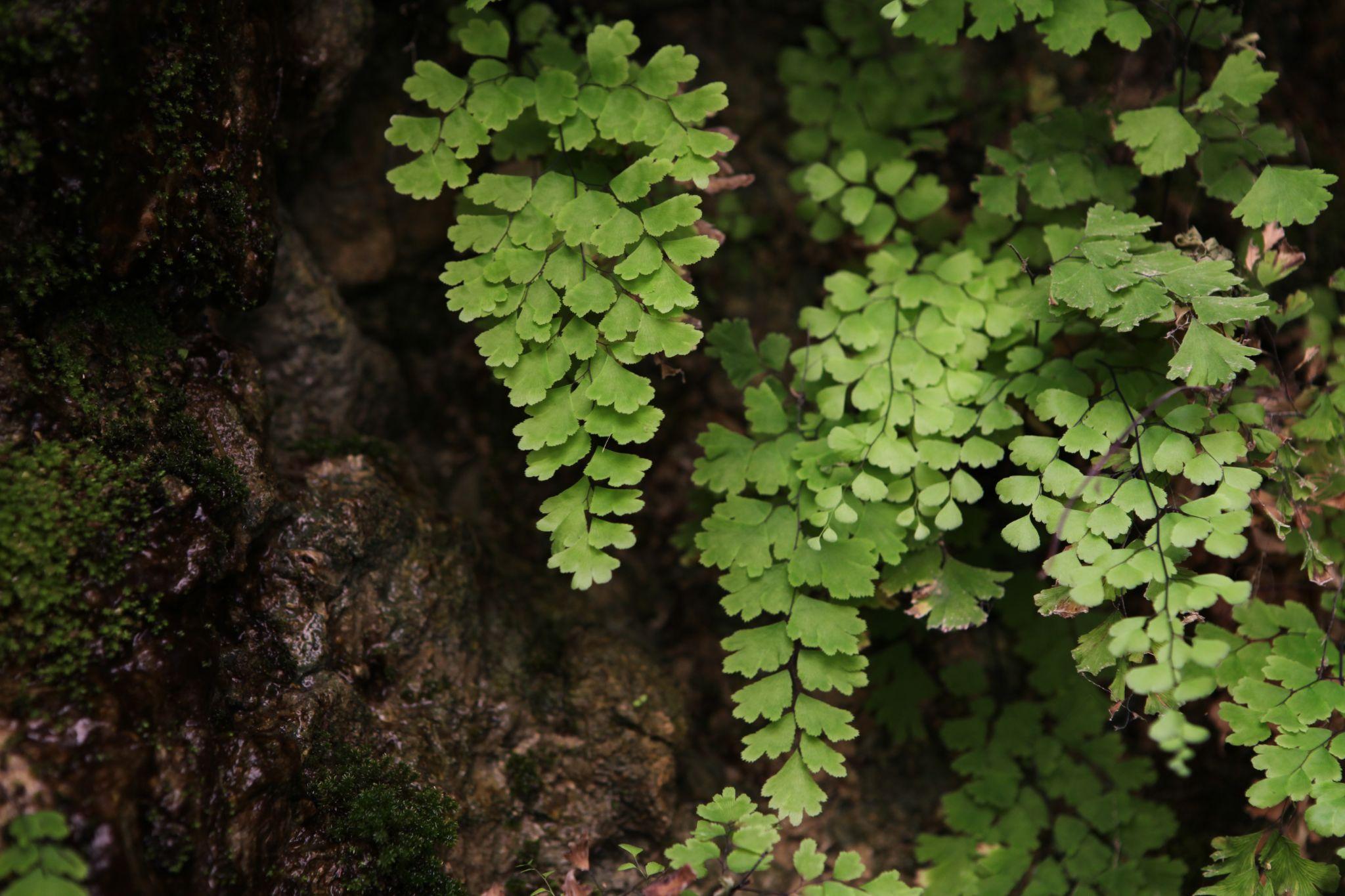
Photo by Eran Menashri on Unsplash
Maidenhair ferns thrive amazingly well in low-light conditions. They are very easy to care for and can tolerate a wide range of light conditions.
The leaves are typically green, but some varieties have variegated leaves with shades of yellow or white.
10. Boston Fern

Credit: Pixabay
Boston ferns are a great option for low-light conditions. The leaves are typically green, but some varieties have variegated leaves with shades of yellow or white.
How To Care For Low-light Plants.
Low-light plants can thrive in your home when they have the proper care. Here are a few tips on how to care for these plants:
- Choose the right plant. Not all plants thrive in low-light conditions. Be sure to select a plant that is known to do well in low light (such as a fern or spider plant).
- Place the plant in the right spot. Find a spot in your home that gets little to no direct sunlight. A north-facing window is often a good spot for low-light plants.
- Water the plant properly. Over-watering is one of the biggest mistakes made with low-light plants. These plants do not need a lot of water, so be sure to water only when the soil is dry to the touch.
- Fertilize sparingly. Low-light plants do not need a lot of fertilizer. Once a month is usually sufficient.
- Give the plant some humidity. Most low-light plants prefer humid conditions. You can increase the humidity around the plant by placing it on a pebble tray or by misting it with water.
With a little care, your low-light plant will thrive.
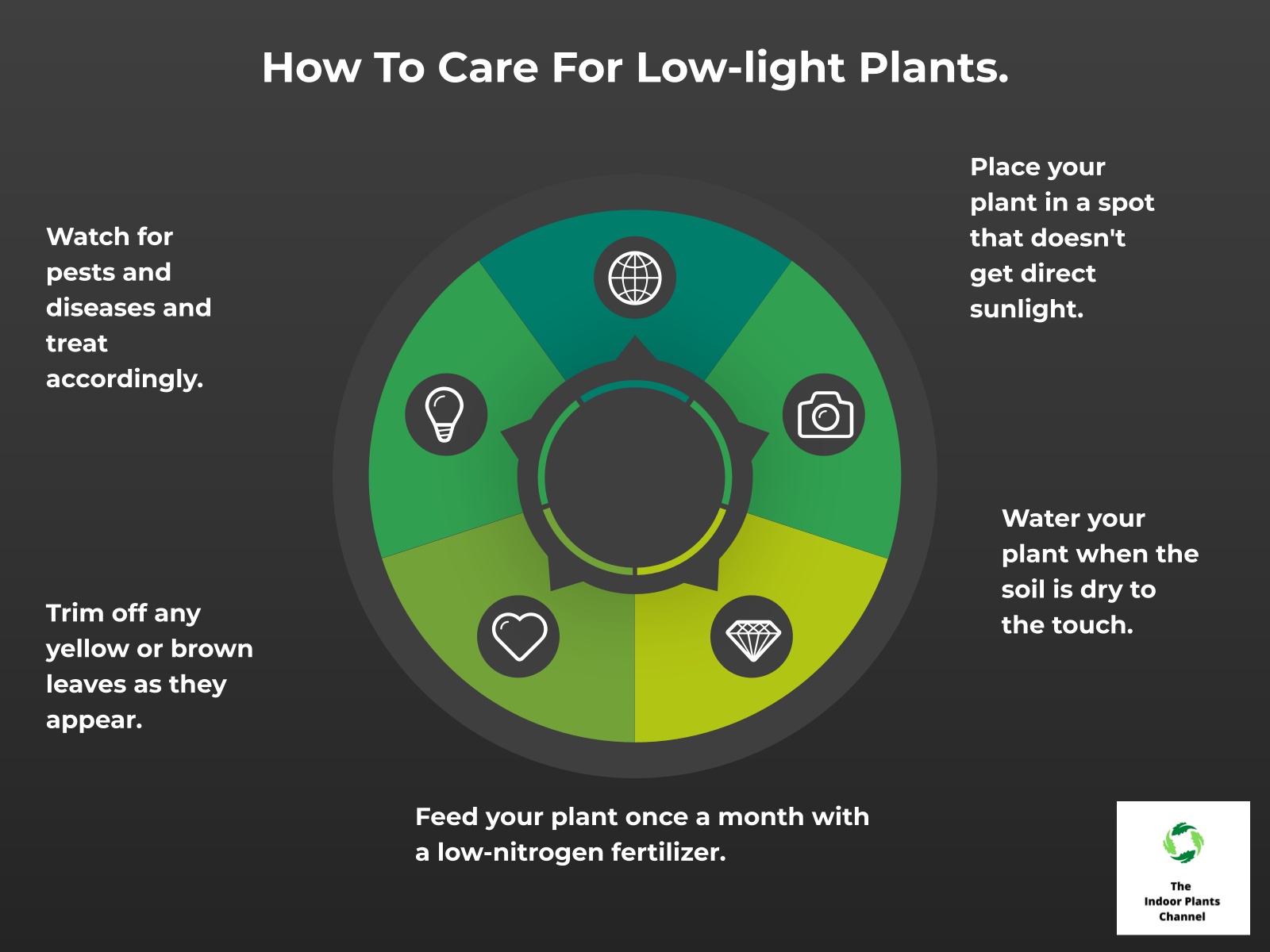
The Top 10 Low-light Plants For Your Home.
- Devil’s Ivy (Epipremnum aureum)
- Chinese Evergreen (Aglaonema modestum)
- Corn Plant (Dracaena fragrans)
- Snake Plant (Sansevieria trifasciata)
- Philodendron
- Peace Lily (Spathiphyllum)
- Rubber plant (Ficus elastica)
- Dracaena marginata
- Pothos (Epipremnum aureum)
- Fiddle Leaf Fig (Ficus lyrata)
The Worst Low-light Plants For Your Home
There are many different low-light plants that you can choose from, but not all of them are good for your home. Some of the worst low-light plants for your home include:
1. Aloe Vera
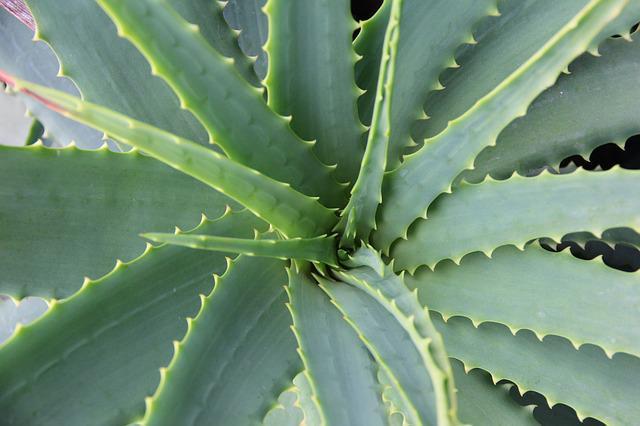
Image by Stephanie Edwards from Pixabay
Aloe Vera is known for its healing properties, but it is also one of the worst low-light plants for your home. It requires a lot of light to thrive, and if it doesn’t get enough light, it will start to die.
2. Fiddle Leaf Fig
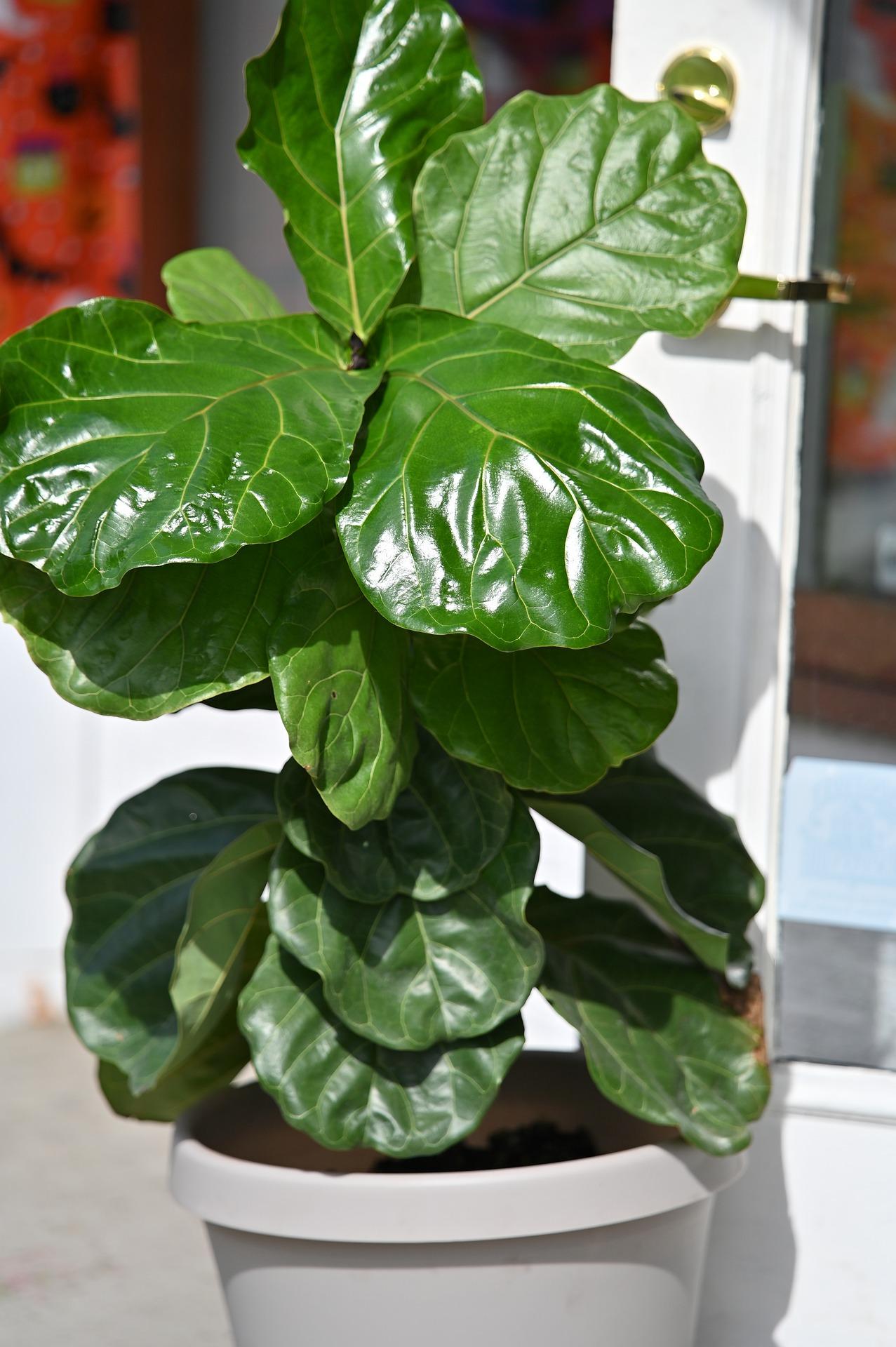
Credit: Pixabay
Fiddle Leaf Fig requires a lot of light to thrive. If it doesn’t get enough light, it will start to lose its leaves and eventually die.
3 Snake Plant
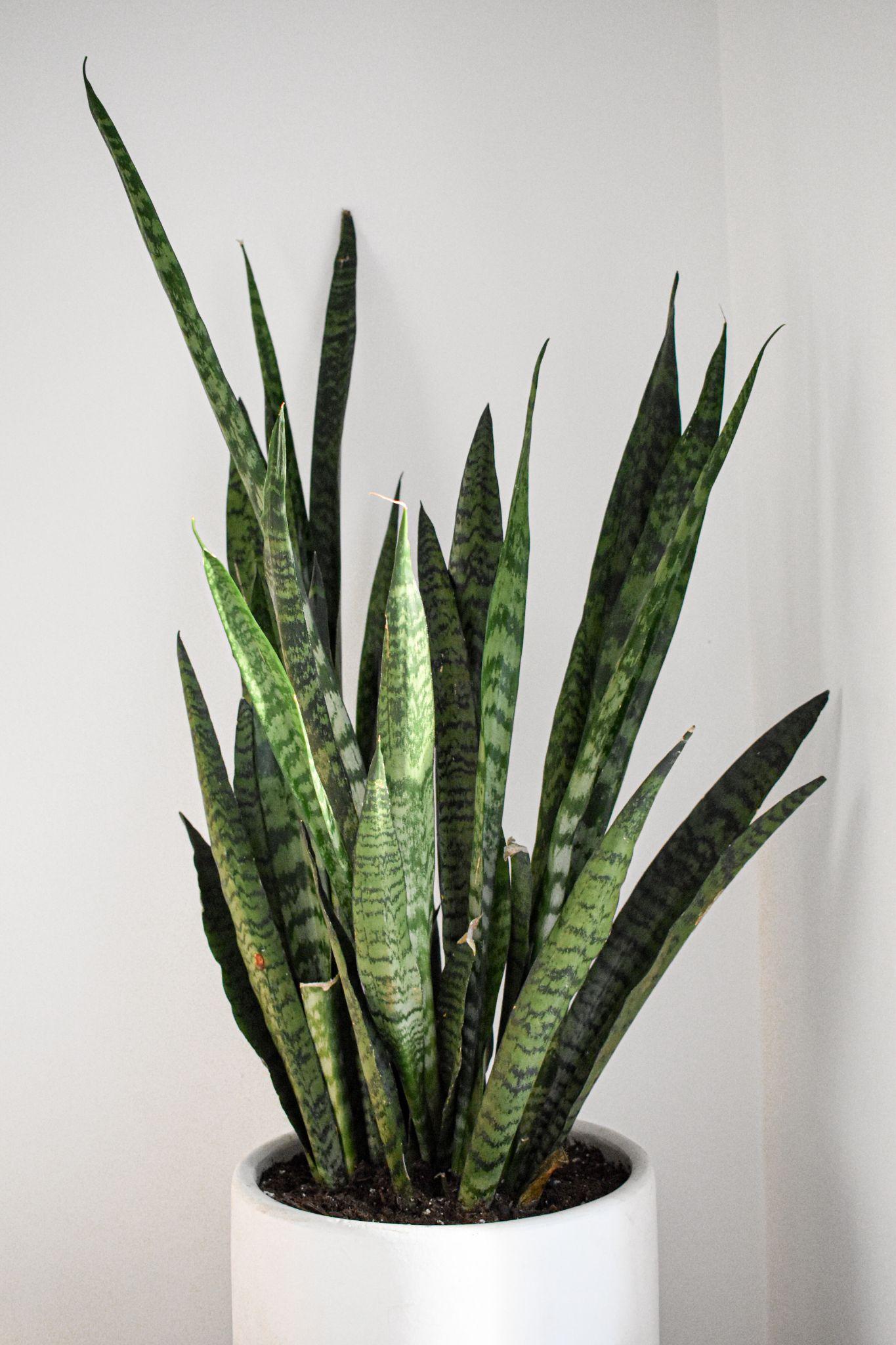
Photo by Jake Goossen on Unsplash
Snake plant is very tolerant of low light, but it is not a good plant for your home. It is known to be very poisonous, and if it is ingested, it can cause serious health problems.
4. Jade Plant
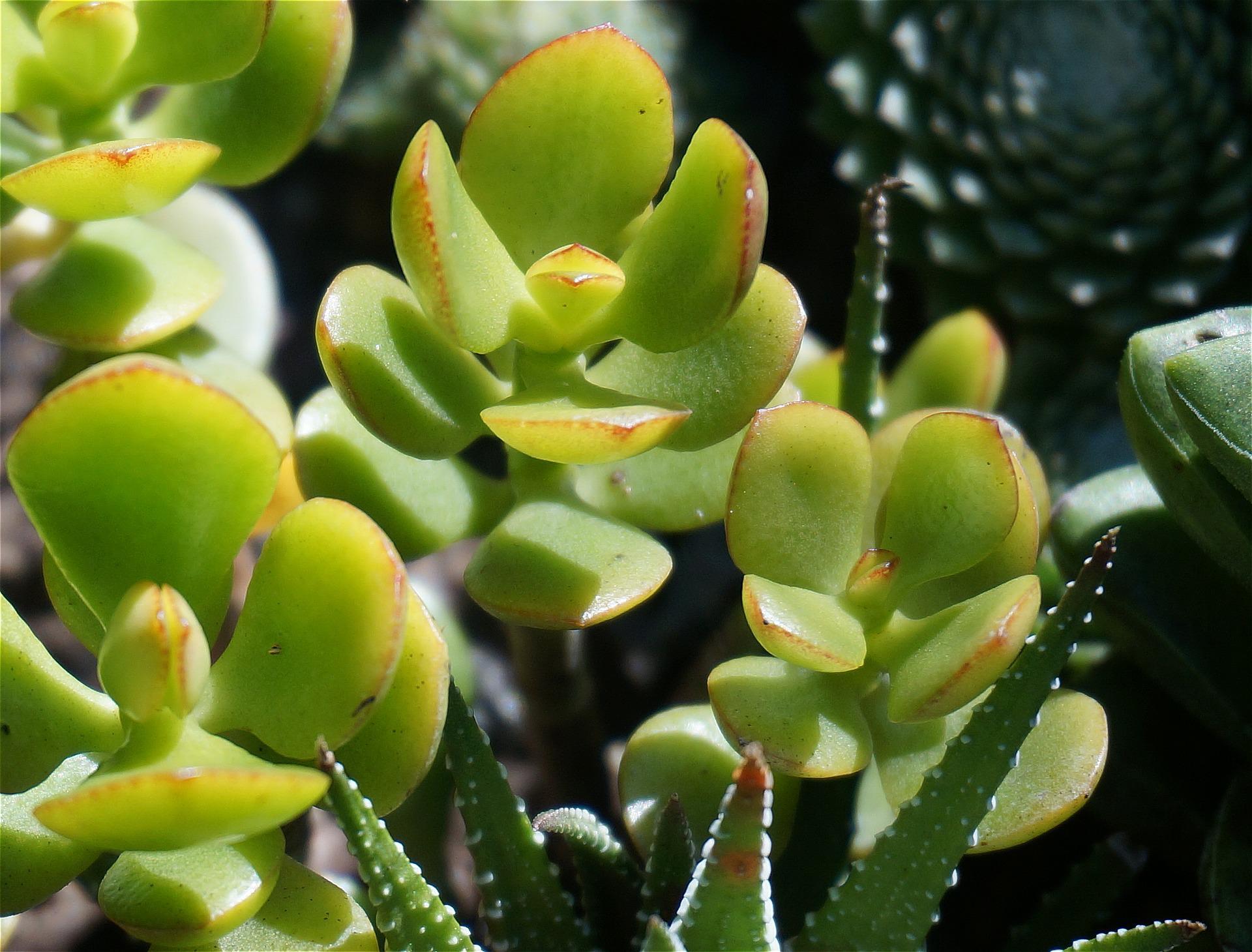
Credit: Pixabay
Similar to Snake Plant, Jade Plant is not a good plant for your home. It is known to be very poisonous, and if it is ingested, it can cause serious health problems.
5. Peace Lily

Credit: Pixabay
Peace Lily needs a lot of light to thrive. If it doesn’t get enough light, it will start to wilt and eventually die. So, it’s advisable to choose one of the low-light plants above.
How To Get The Most Out Of Your Low-Light Plants
If you have low-light plants in your home, there are a few things you can do to make sure they thrive.
- Choose plants that are suited for low-light conditions. E.g ferns, spider plants, and peace lilies.
- Provide your plants with the proper amount of water. Over-watering can be just as detrimental to plants as under-watering, so be sure to check the soil before watering and only water when the soil is dry.
- Give your plants some fertilizer every few weeks to help them grow.
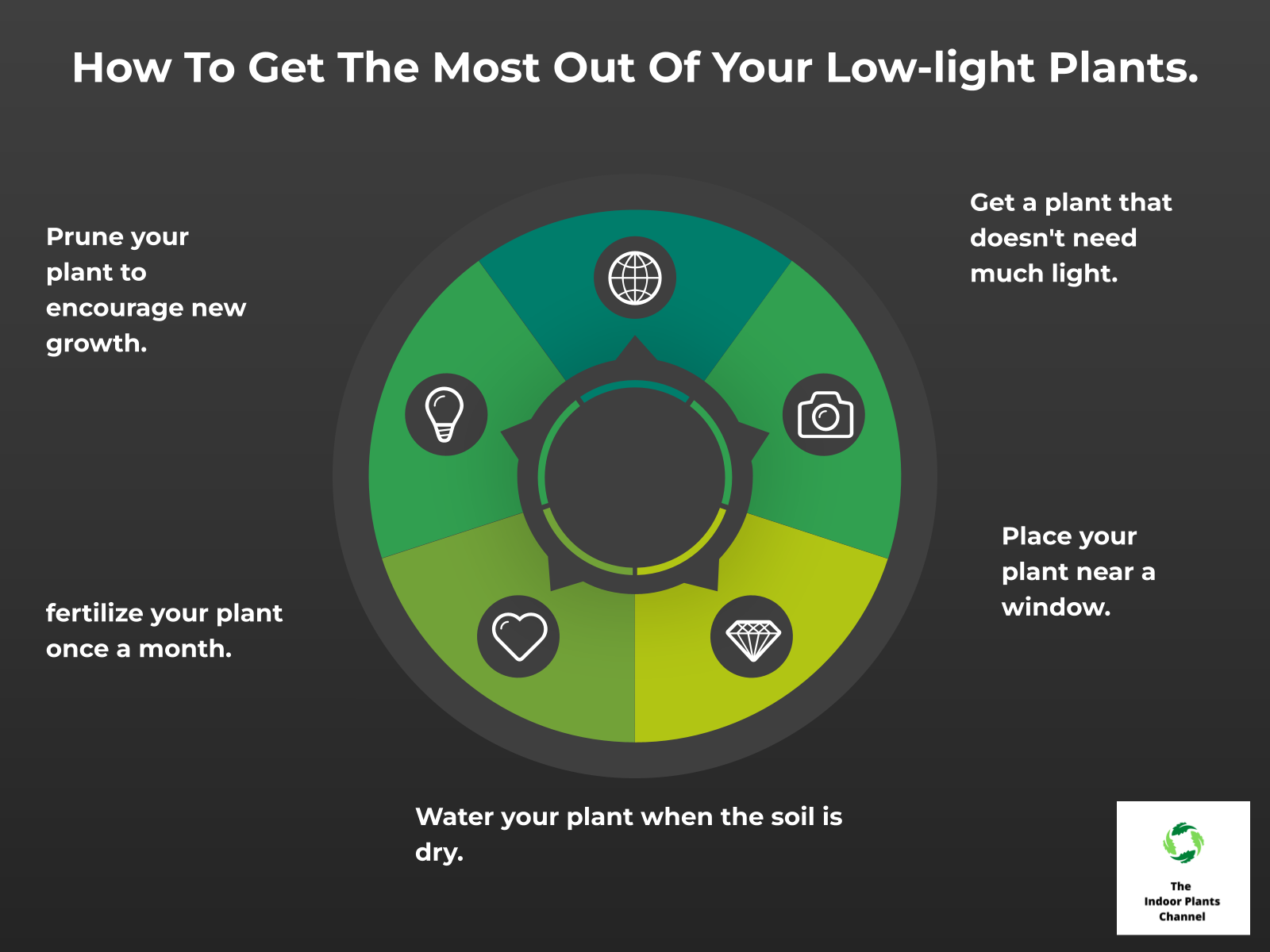
The Difference Between Low-light And Bright-light Plants
There are two types of plants according to light requirements – low-light plants and bright-light plants. Each type of plant has its own benefits and drawbacks, so it’s important to choose the right type of plant for your needs.
Low-light plants are perfect for homes with little natural light. These plants can tolerate shady areas and don’t need much sunlight to thrive. However, low-light plants are often slower-growing and may not produce as many flowers as bright-light plants.
Bright-light plants need plenty of sunlight to thrive. They’re perfect for homes with plenty of natural light, but can’t tolerate shady areas. They often grow quickly and produce lots of flowers, but may require more maintenance than low-light plants.
So, which type of plant is right for you?
It depends on your needs. If you want a plant that is easy to care for and doesn’t need much sunlight, then a low-light plant is a good choice. If you want a plant that grows quickly and produces lots of flowers, then a bright-light plant is a good choice.
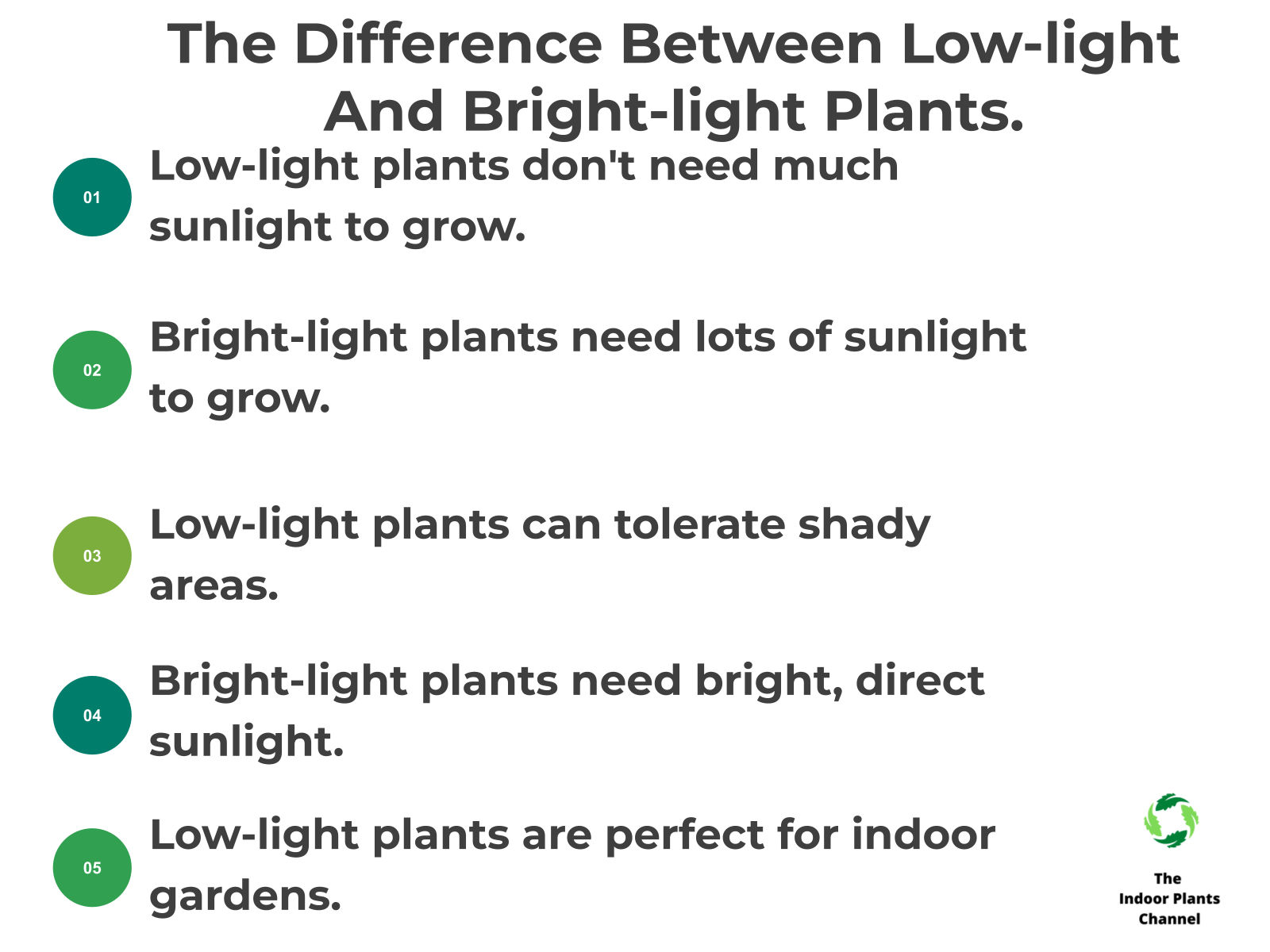
Quick Tips
- Research which plants are best suited for low-light conditions.
- Consider the size of your space and the amount of light it receives.
- Choose plants that are known to be tolerant of low light conditions.
- Be sure to provide your plants with the proper care and attention.
Conclusion
If you’re looking for plants to spruce up your low-light home, there are a few things to keep in mind. Some plants are more difficult to care for than others, so be sure to choose something that you’re willing and able to care for.
The blog post highlights what you should know about Low-light plants and the types of plants you can choose for your home.
Michelle Wilde
Related posts
5 Comments
Leave a Reply Cancel reply
![]()
About Michelle Wilde
Michelle Wilde is a stay-at-home mom and avid plant lover. Armed with a post-graduate degree in Computer Science (no kidding!), she loves researching plants and landscapes. When she is not caring for her 4 kids, she spends time on her passion for plants. She blogs at www.indoorplantschannel.com, the trusted source for indoor plants.
Learn more
Subscribe
* You will receive the latest posts and updates about indoor plants!
Search
Recent Posts
Categories
- Beginner Guides (10)
- FAQ (206)
- General (2)
- How-To Guides (212)
- Indoor Plants (214)
- Pest Management (2)
- Plant Problem Solutions (4)
- Seasonal Growing (2)
- Specialized Environments (2)
- Specific Plant Care (3)
- Technical Growing (2)
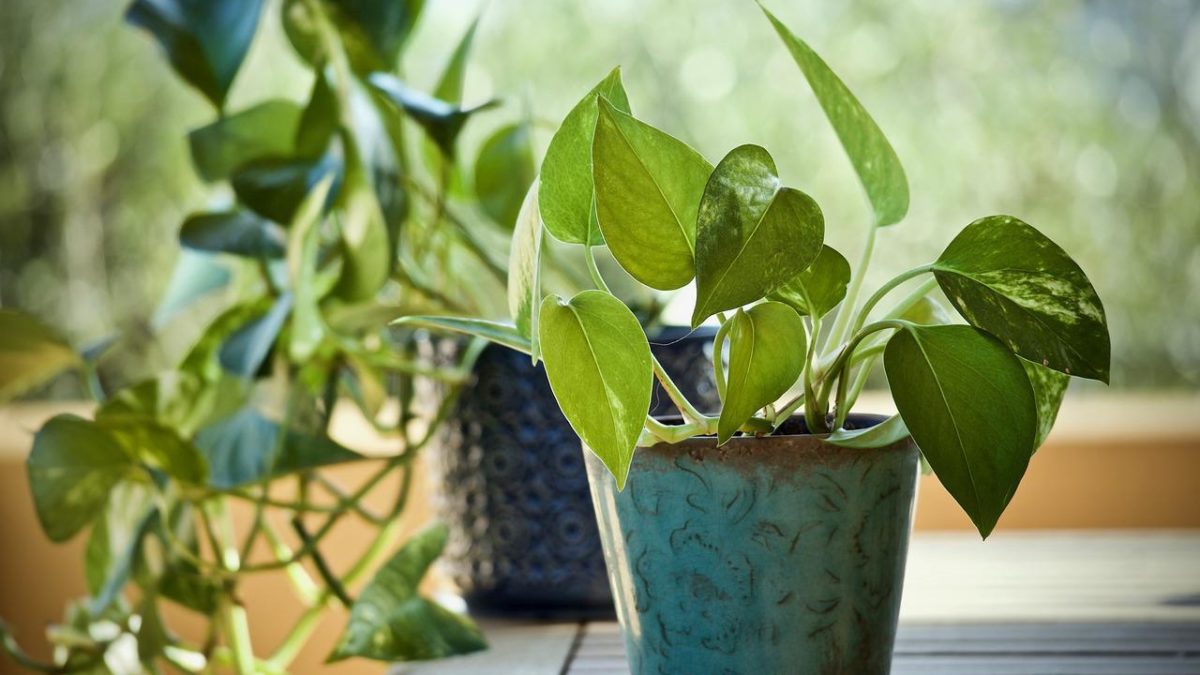
[…] you’re looking for some houseplants that can thrive in low-light conditions, here are five of the best […]
[…] for a plant that will thrive indoors without much care? Check out our list of the best indoor plants that are easy to care for. From succulents to ferns, there’s something for […]
[…] want to choose one that is appropriate for the type of plant you are growing. If you are growing a low light plant, then you’ll want a less intense light. If you are growing a high light plant, then you’ll want […]
[…] amount of water your plant will need. If you’re not great at remembering to water plants, then choose a plant that doesn’t need too much […]
[…] Consider the temperature of the area. If the temperature in your area is very hot, then you will need to choose plants that can tolerate that level of heat. If the area is cool, then you can choose from low-light plants. […]